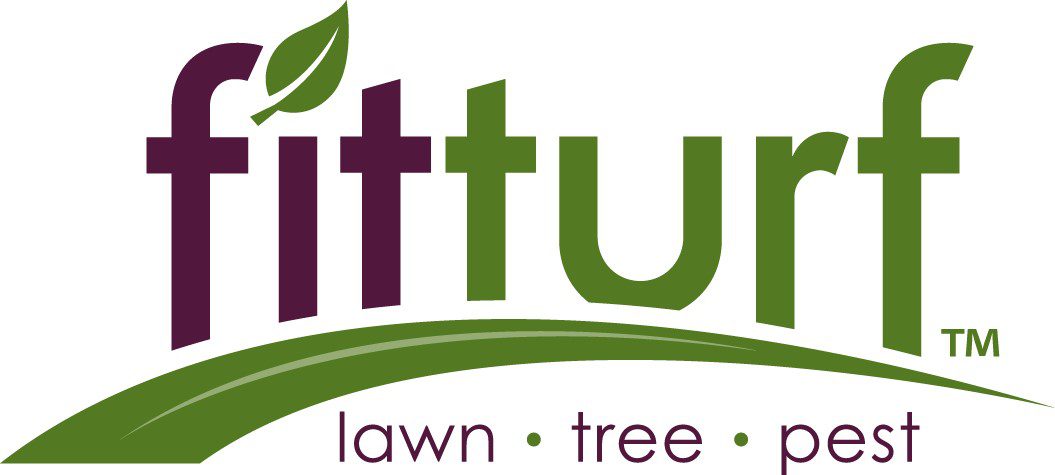Fertilizing Your Lawn 101
There are many variables for when and how to fertilize your lawn, so nailing down some key basics can result in a more effective treatment. Identifying the type of grass in your yard is an important part of strategizing when to administer treatment. Generally, American grasses fall into three categories — cool-season grasses (northern states), transitional grasses (central states) and warm-season grasses (southern states). If you live in a transitional region, you can find out of your grass is a warm-season grass if it turns brown after the first frost.
When to Fertilize
Cool-season grasses, like the kind that generally grows in Michigan and most of Colorado, should be fertilized heavily in the fall and lightly in the spring. This is because these types of grasses thrive when the air temperature is somewhere between 60 and 70 degrees Fahrenheit, so you want to give the grass the nutrients it needs during its vital growing period to promote new leaf and root growth while also helping it to control weeds. Fertilize warm-season grasses in the spring when the temperature is somewhere between 80 and 90 degrees Fahrenheit.
Tips for Effective Fertilizing
If you want to be sure that you get all of the benefits of lawn fertilizing, trust a professional like Fit Turf. Achieving a beautiful, weed-free lawn comes at zero effort to you when you implement a professional lawn management system. Technicians always use safe, effective methods to promote healthy, lush grass while encouraging your yard to resist the growth of weeds. You’ll also want to consider aeration and over-seeding treatments to give the grass the room and oxygen flow it needs to flourish. If you don’t like the look and feel of post-aerated grass, try a liquid aeration system that creates microscopic pores throughout your soil.

